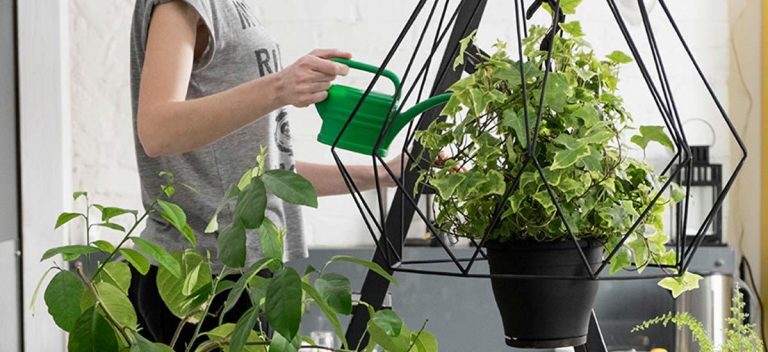Gardening is not as simple as others would think. It is much more than just picking up an area to dig into in your yard, and then simply adding a few plants. There is usually a bit of planning involved.
What We'll Cover
Indeed, putting some plants inside your garden next to other plants will affect how they grow, thrive and harvest.
Benefits of Planting Companions.
Referred to as companion planting, pairing similar plants within your garden will promote their growth and have a positive impact. Such advantages are:
- Save space.
- This helps protect your garden by allowing stronger plants to bear the brunt of conditions that simply can not handle your more fragile crops.
- This helps with the control of pests, as it positions plants that these little critics may enjoy, next to those they can not bear.
- This also helps to draw beneficial insects and pollinators to your greenhouse, as an alternative.
- This helps mitigate the problems of disease because diseases can spread rapidly in a garden that lacks diversity.
- It prevents erosion and helps moisturize the soil, and.
- It succeeds in keeping out the weeds.
8. Best Pairings for Plants
8. Cucumbers and Nasturtiums
Nasturtiums are renowned for improving cucumber flavor and wellbeing. They repel insects, on top of that.
Having said that, they can serve as a diversion for different aphids, as opposed to others, these garden pests appear to gravitate towards this plant.
7. Chives and some Roses
Although chives are a nice pairing out there for quite a few plants, they are especially a good companion to be put next to roses. Chives discourage Japanese beetles and the black spot disease, two things considered to have an effect on rose blooming. The planting of chives close to rose bushes would actually have a positive impact on overall growth.
The two plants often complement each other in terms of aesthetics, when lined up next to each other.
6. Asparagus and tomatoes.
When you grow both asparagus and tomatoes in your greenhouse, you might want to pair them side by side, as both plants will benefit from this mutual benefit.
Asparagus has a chemical inside that destroys nematodes— parasites that discourage thriving tomatoes— while tomatoes have solanine, a chemical inside that deters asparagus beetles. Speak about the optimal pairing of plants.
5. Melons / squash and herbs in bloom
Sometimes, it’s not always about keeping the insects at bay, as there some of those tiny creatures that are good for your garden. Melons and squash are fruits and vegetables that require pollinators to blossom, and flowering herbs (i.e. fennel, parsley, and dill) are just the plants that are ideal to invite such types of insects to enter the party outside.
4. Basil and Chips
Growing basil next to peppers will help minimize the number of spider mites, aphids, mosquitoes and flies, but that’s not the only advantage. Basil is also said to help with growth and improve your garden pepper’s flavor once it reaches harvest.
3. Savory Harvest, and Green Beans
Think about a pair that’s not only going to be nice out in the garden but at the dinner table as well. Growing these two next to each other has many benefits as summer savory helps deter Mexican bean beetles and increases both green bean growth and flavor.
Pair them in the kitchen, so the harvest time can come, these will also make a tasty combination on one’s plate.
2. Marigolds and Broccoli
Why does Broccoli and Marigolds plant pairing work so well?
Ok, broccoli requires a lot of calcium to grow and survive, while marigold requires a minimum quantity of that mineral. They will add some color to your garden on top of that, while holding the insects away!
1. Camomile and cod
Chamomile attracts beneficial insects, such as cabbage, to the garden for those plants which need it. Chop up the chamomile after the harvest season and throw it back into the garden to help you plant your soil in late spring next year.
Concluding
Gardening can be such an enjoyable activity to indulge when in the summer heat. A dampened harvest in the fall, however, will stir up negative feelings about this because it is a lot of work and you want to enjoy your labor’s proverbial “fruits.”
You are taking the additional step by pairing plants together to ensure success. Yeah, you’ll be so much happier for it once your goodies hit your kitchen — and finally your plate—.
The responses below are not provided, commissioned, reviewed, approved, or otherwise endorsed by any financial entity or advertiser. It is not the advertiser’s responsibility to ensure all posts and/or questions are answered.





